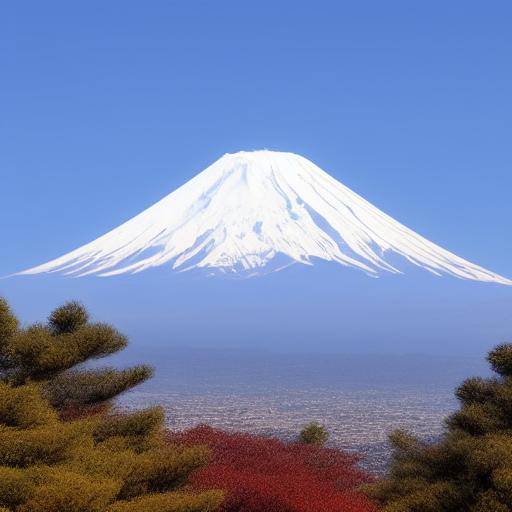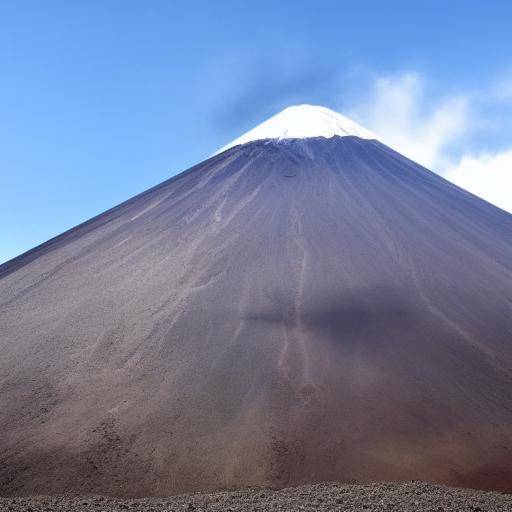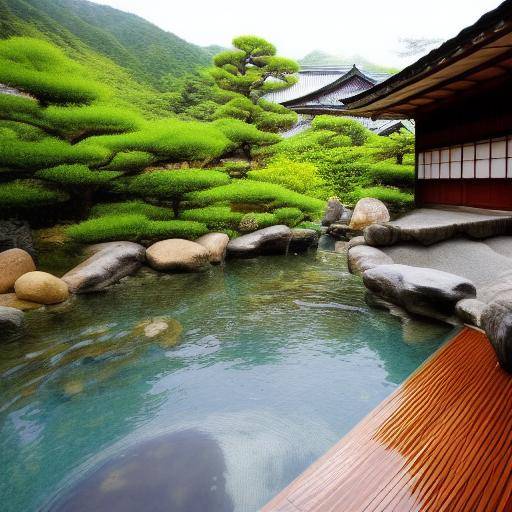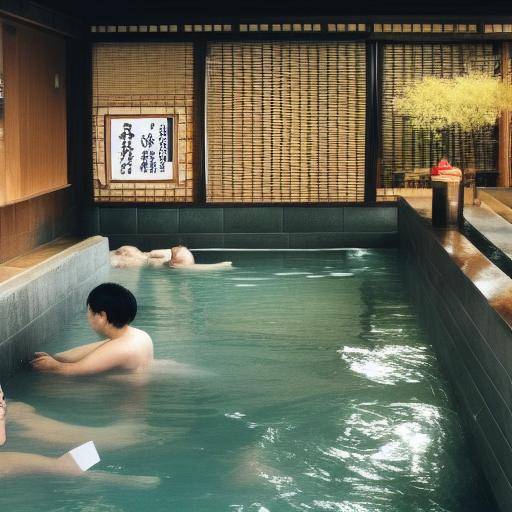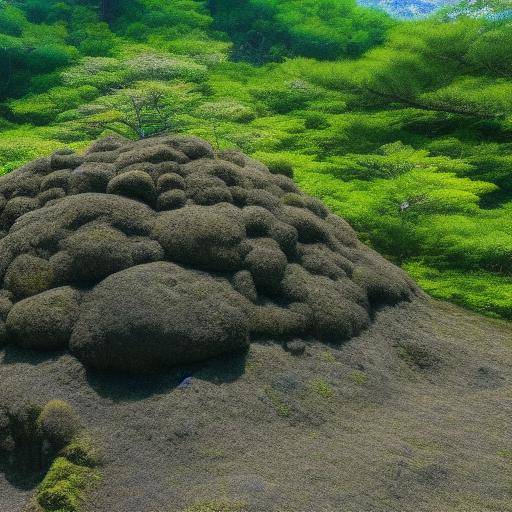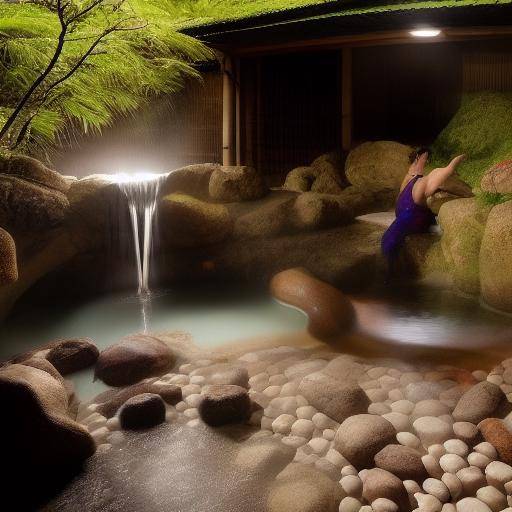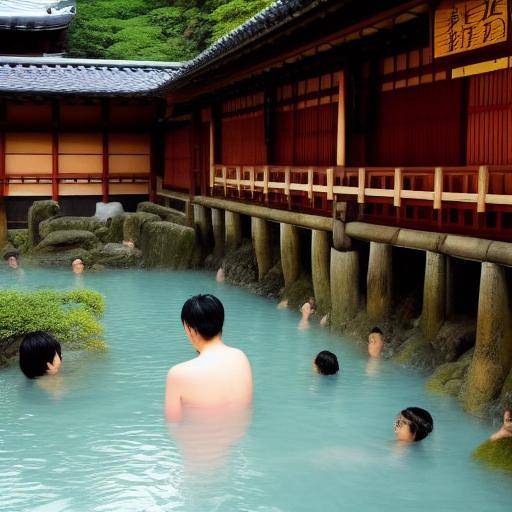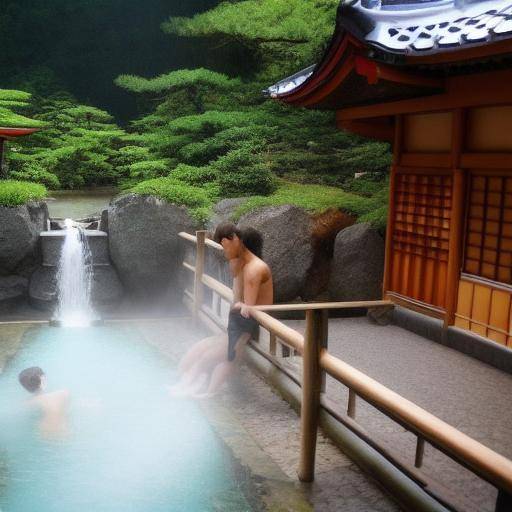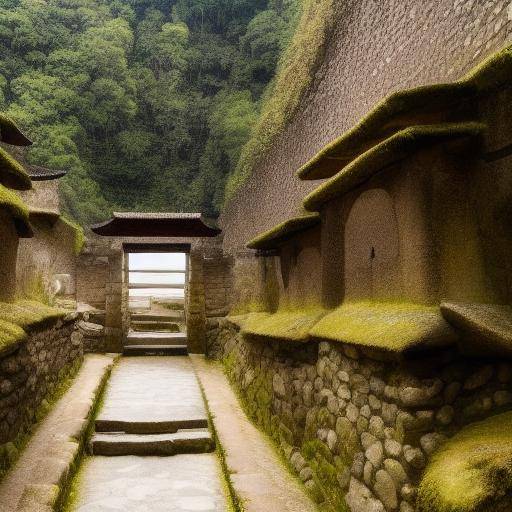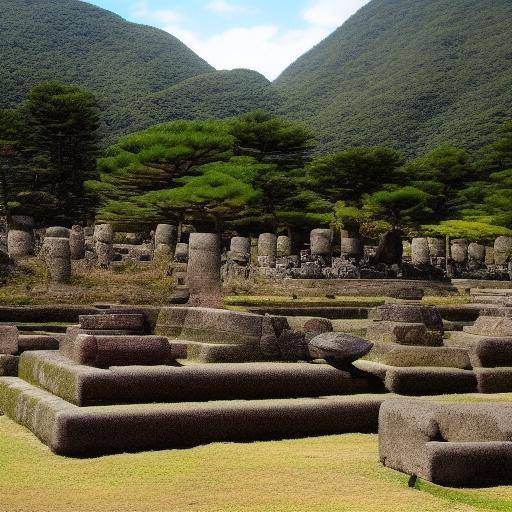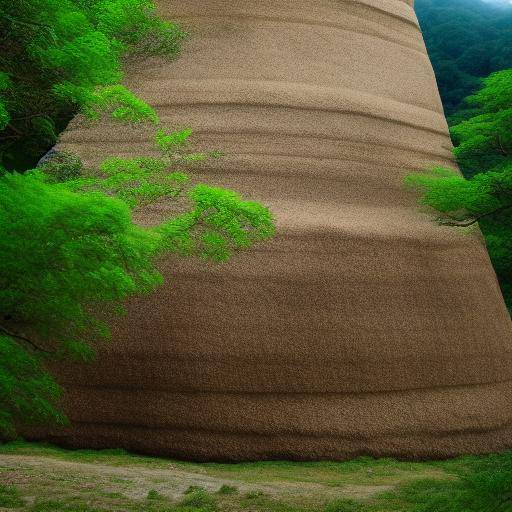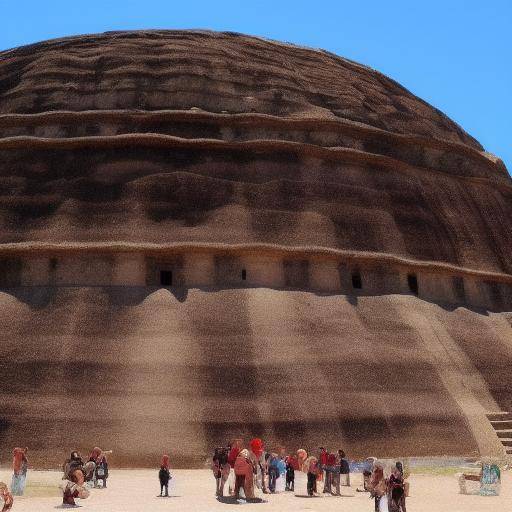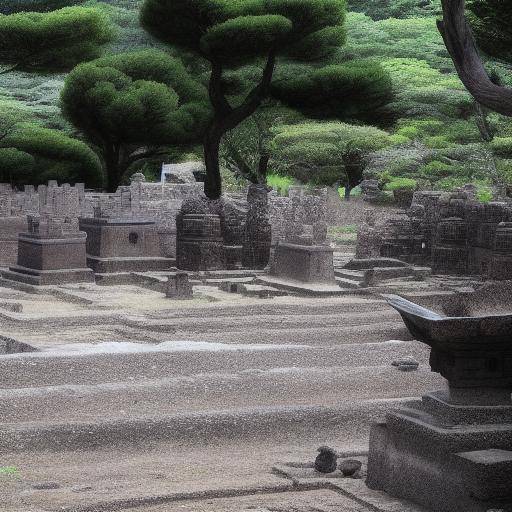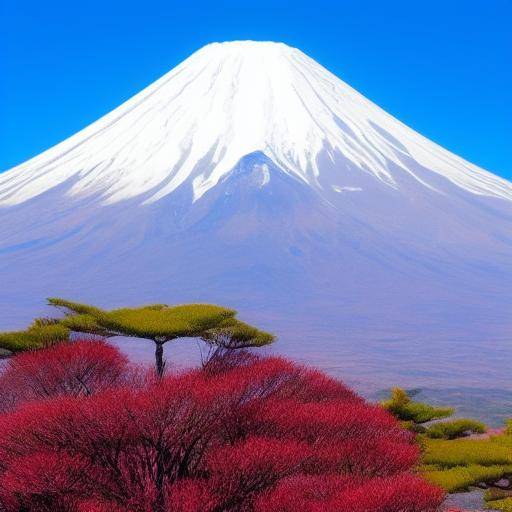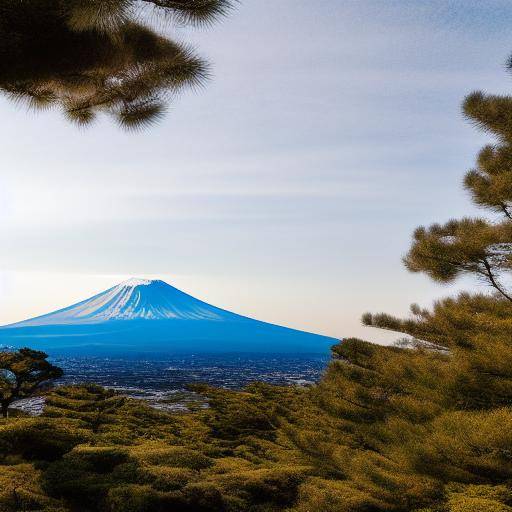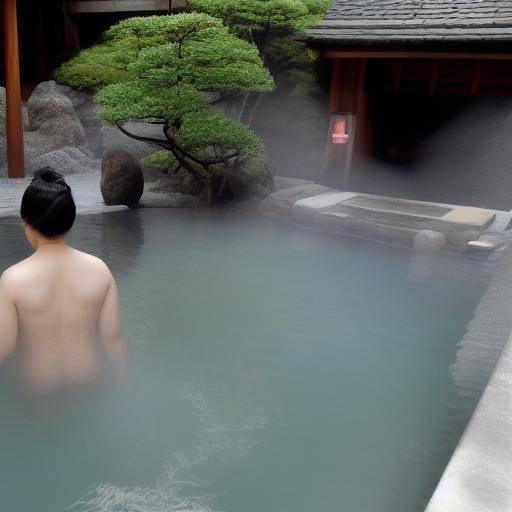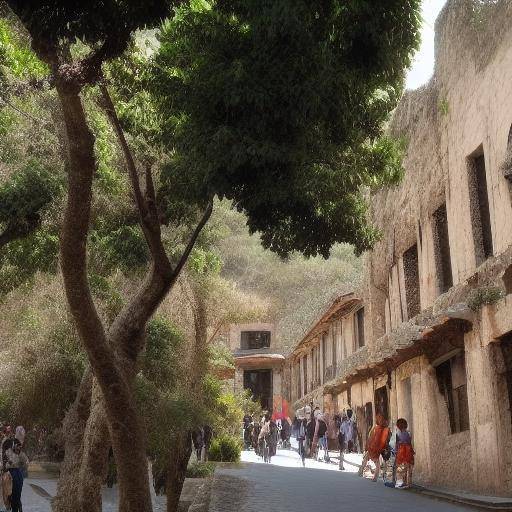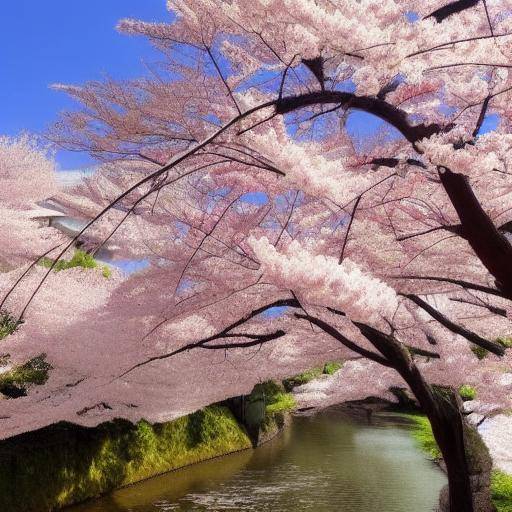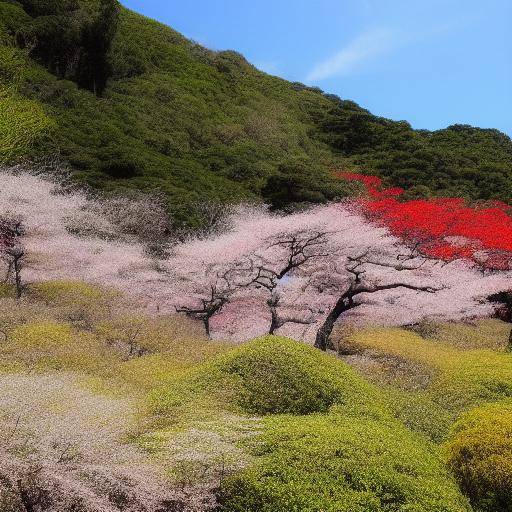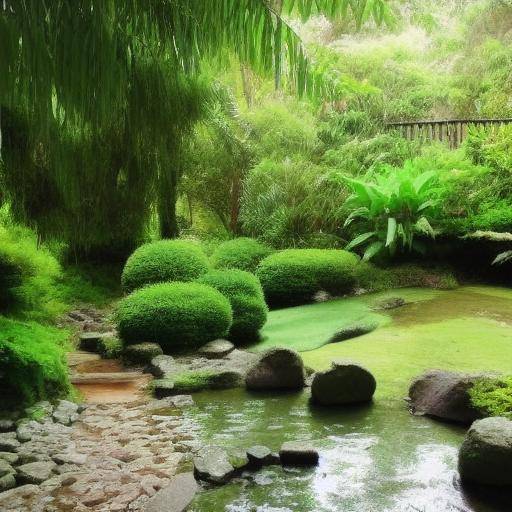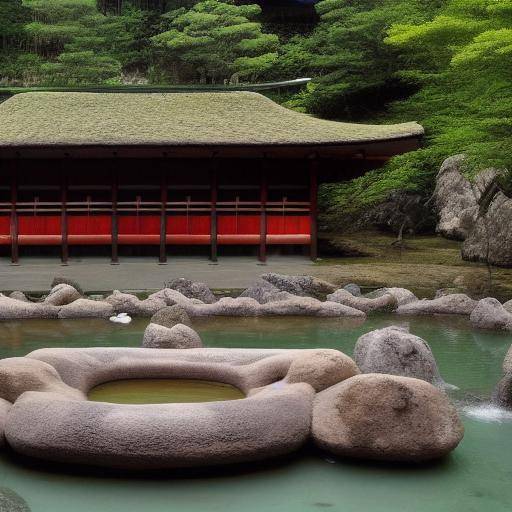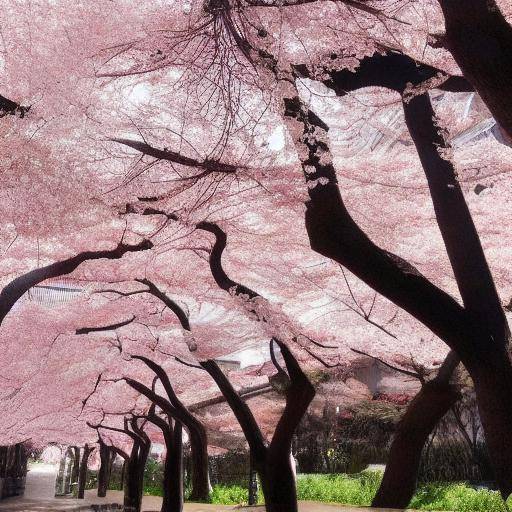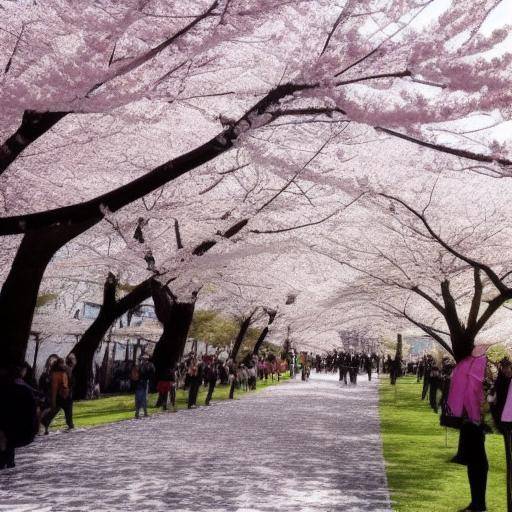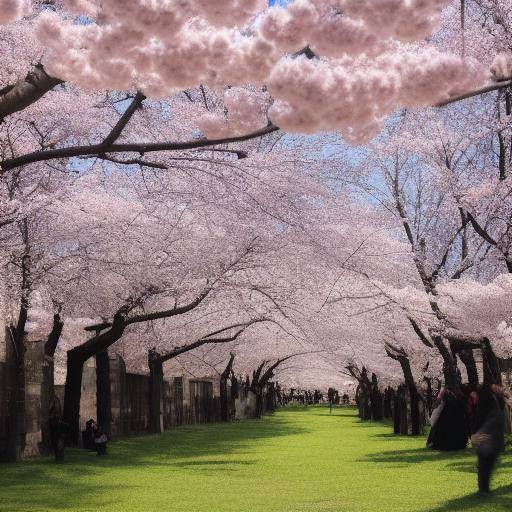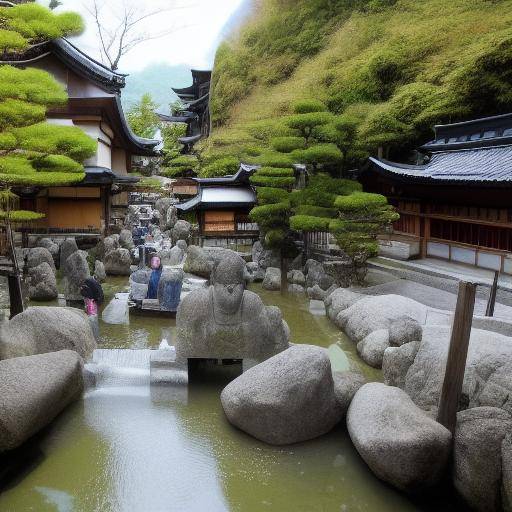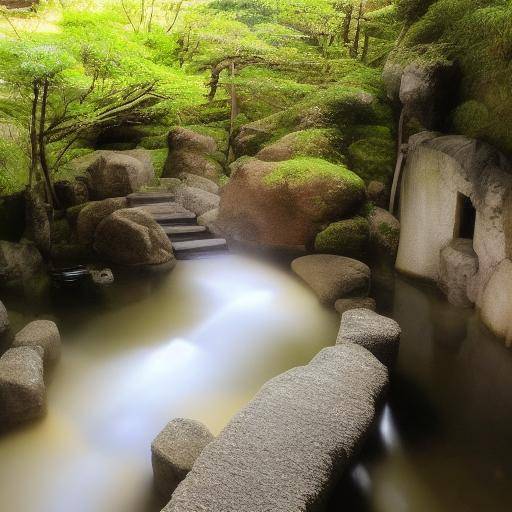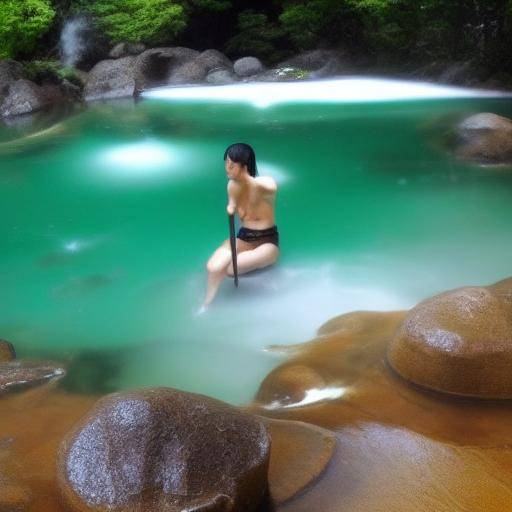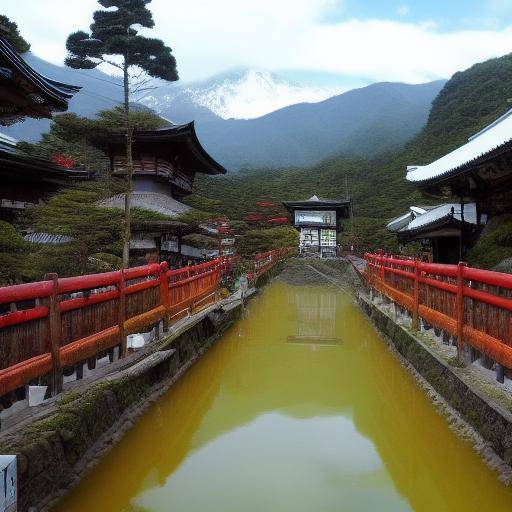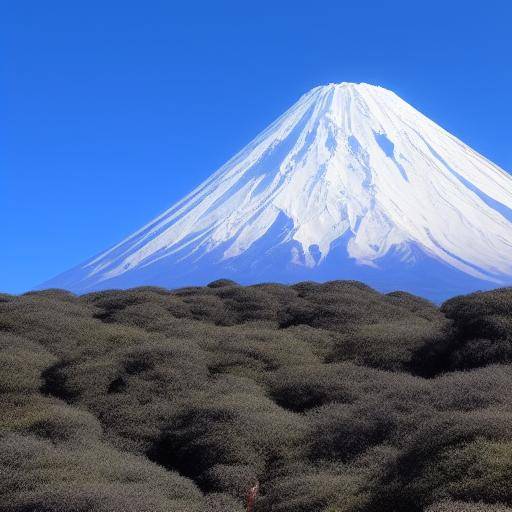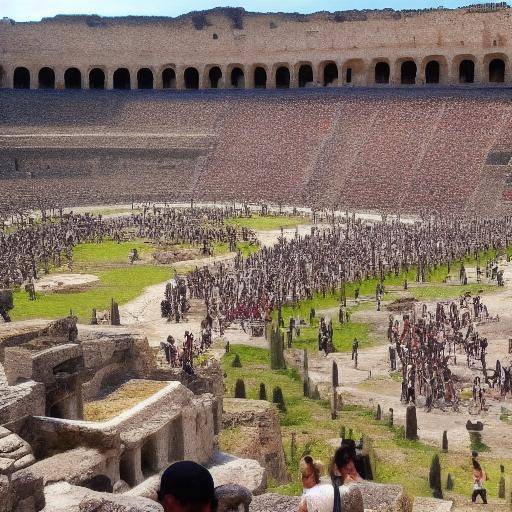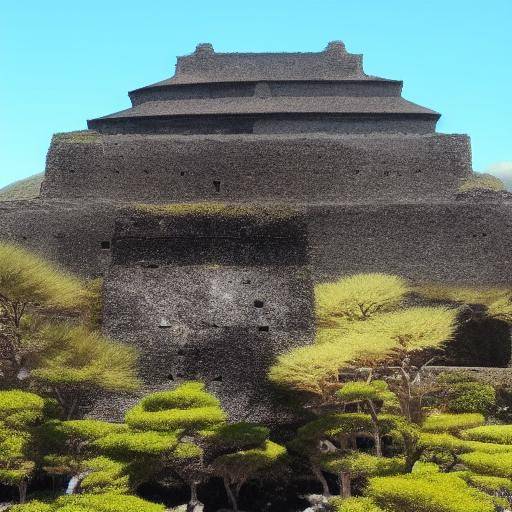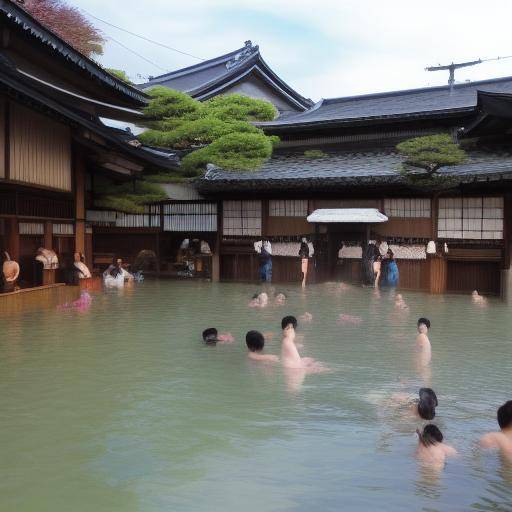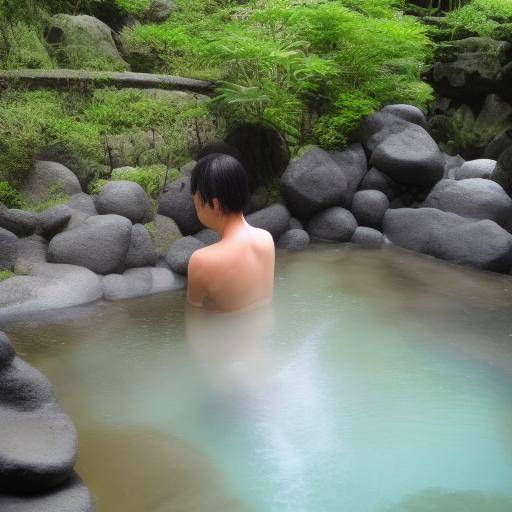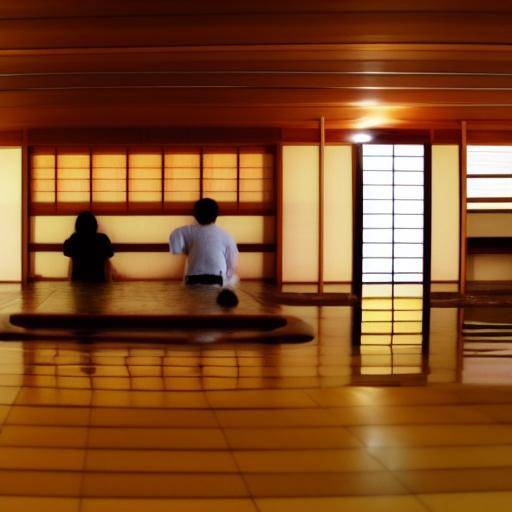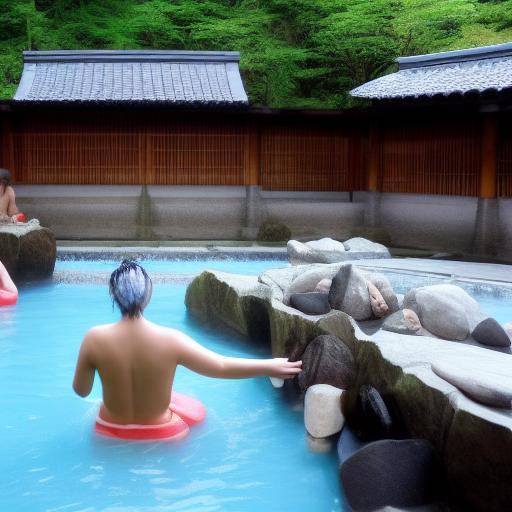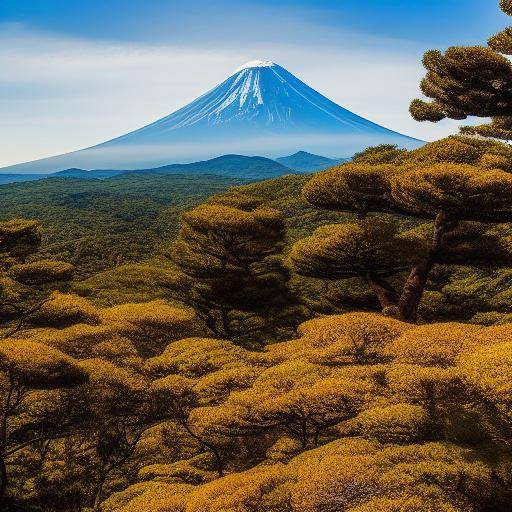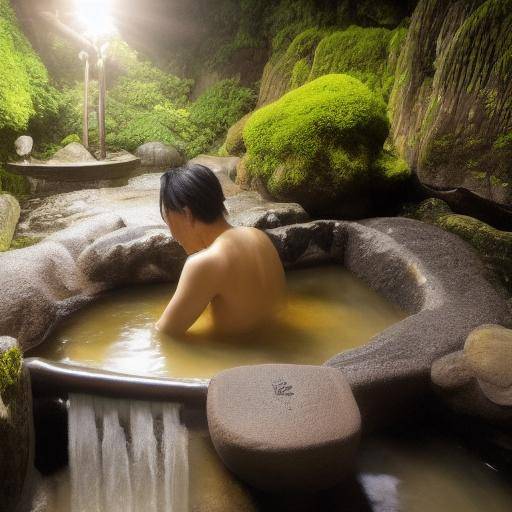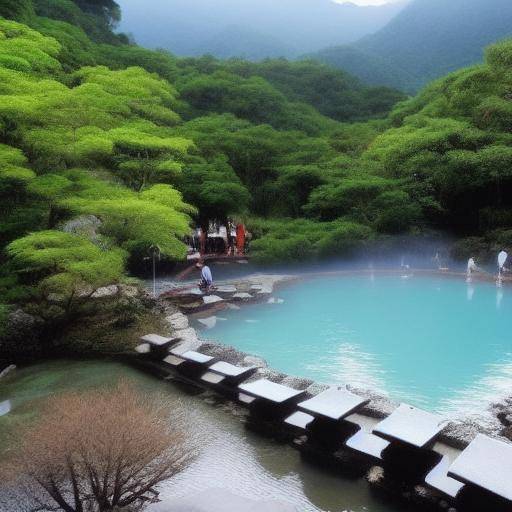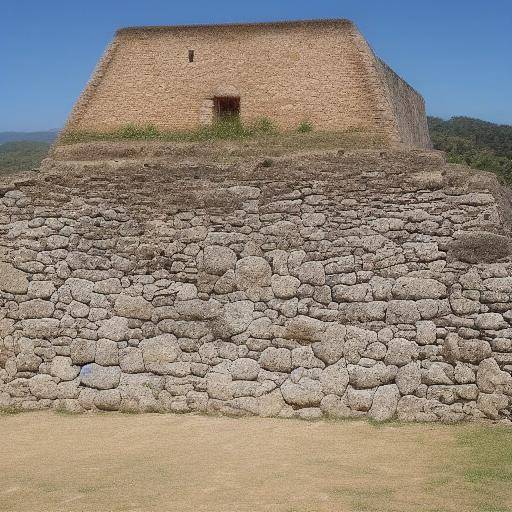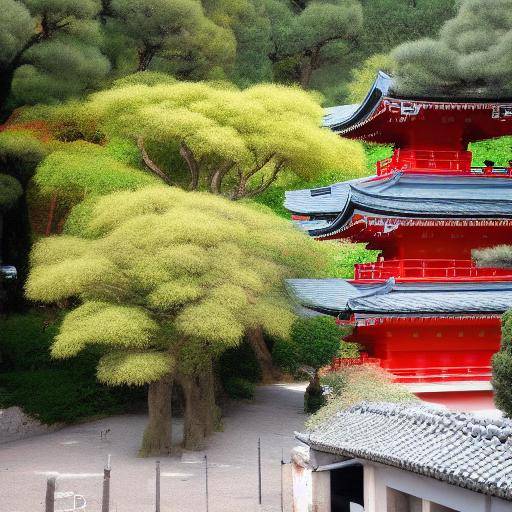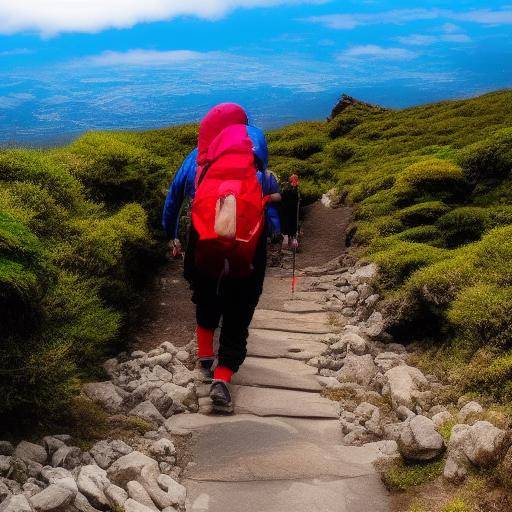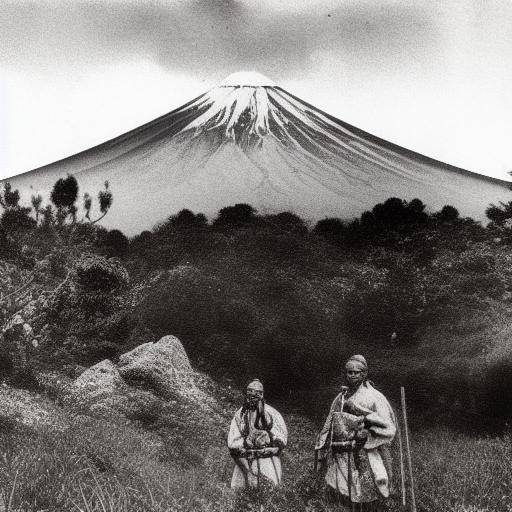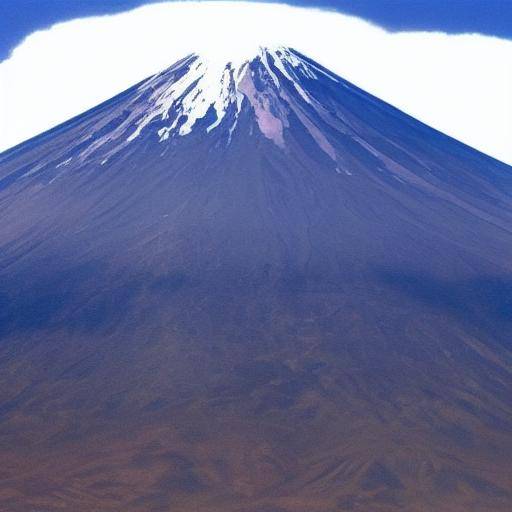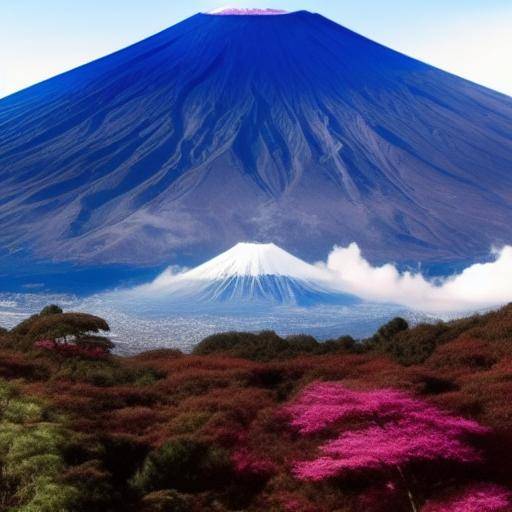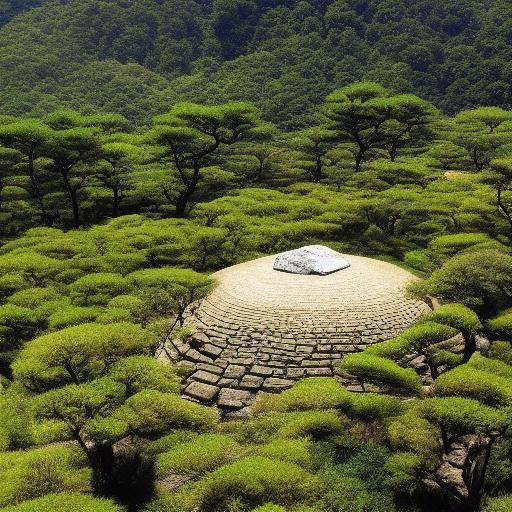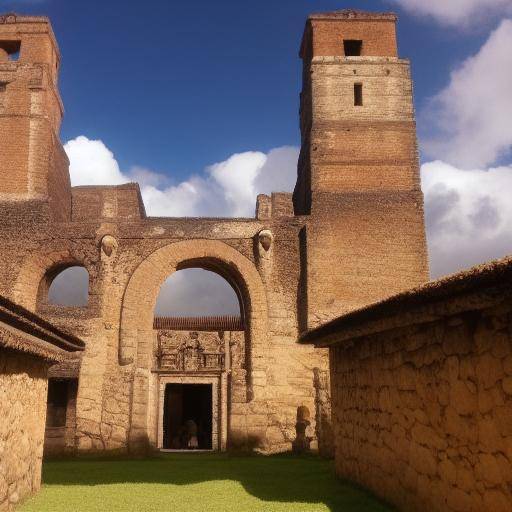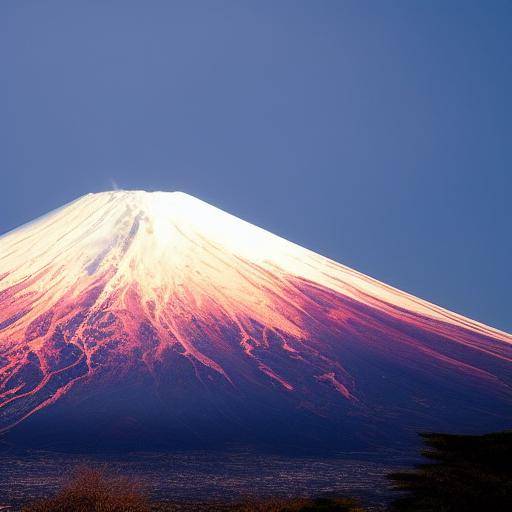
Mount Fuji, located in Japan, is a icon of natural beauty that has captivated landscape photographers for centuries. Capturing the majesty of this volcano in an image is an exciting challenge that requires technical skill and artistic sensitivity. In this article, we will explore specific landscape photography techniques to photograph Mount Fuji as well as its surroundings. From the history and cultural importance of Mount Fuji to practical advice and predictions on future trends, this article offers a complete guide for the enthusiasts of photography who want to capture the essence of this stunning natural landscape.
Introduction
Mount Fuji, or Fujisan in Japanese, is the highest peak in Japan and an emblematic cultural symbol of the country. Its perfect conical shape, covered with snow and surrounded by beautiful landscapes, makes it a popular photographic destination for both amateur and professional photographers. In this article, we will explore the rich history of Mount Fuji, the challenges and rewards of photographing this majestic volcano, and provide practical advice to capture the essence of its beauty in stunning images.
History and Background
Mount Fuji, with its 3,776 meters high, has been a constant source of inspiration in Japanese culture over the centuries. Known for its role in art, literature and spirituality, Mount Fuji has left a deep impression on the Japanese psyche and the world. From the first artistic representations to its designation as a World Heritage Site by UNESCO, the history of Mount Fuji is rich in meaning and symbolism.
Art and Literature
Mount Fuji has been portrayed in countless works of art, from ancient rolls of paintings to the ukiyo-e wood impressions of the Edo period. Its distinctive lines of contour and its imposing presence have captivated artists and writers, making it a recurring motive in poetry, painting and theatre not only in Japan, but throughout the world.
Spirituality
Mount Fuji is considered sacred in the shintoist tradition and has been a pilgrimage destination for centuries. Its imposing presence and location in the midst of an impressive natural environment make it a place of reflection, meditation and spiritual connection for many.
World Heritage
In 2013, Mount Fuji was registered on the UNESCO World Heritage List, recognizing its cultural, spiritual and natural importance. This designation has led to a renewed interest in Mount Fuji and attracted photographers and travelers from around the world.
Given its unique contributions to different cultural, artistic and spiritual aspects, Mount Fuji has remained at the centre of the Japanese and international scene for centuries, attracting the attention of artists, photographers and curious alike.
Analysis in Deep
Photographing Mount Fuji presents unique challenges and unique opportunities for landscape photographers. Here are the best practices and techniques to capture the essence of this impressive volcano and its surroundings in stunning images.
Challenges and Rewards
Mount Fuji's photography presents unique challenges due to its location, unpredictable weather and a high influx of photographers eager to capture its beauty. Lighting, composition and the choice of view play a key role in creating shocking images. On the other hand, Mount Fuji offers incomparable rewards in the form of stunning landscapes, sunrises and dream sunsets, and light changes that create exceptional opportunities for the capture of unique and evocative photographs.
Photographic techniques
- Election of the Punto de Vista: Finding less known locations to capture Mount Fuji from unique angles can result in more original and memorable photographs. Experimenting with different perspectives and heights can add depth and dimension to the images.
- Membership: Using natural elements such as trees, lakes or flowery fields, such as natural frames for Mount Fuji can add visual interest to photographs. Applying the rule of the thirds and using escape lines can improve the overall composition of the image.
- Lighting: The golden hour at dawn and at sunset provides a gentle and warm light that enhances the beauty of Mount Fuji. Taking advantage of these magical hours can generate shocking images with exquisite tonalities.
- Filters and Tripod: The use of ND filters and polarizers can help control exposure and reduce brightness in long exposure shots, while a tripod will ensure sharp and stable images, especially in low light conditions.
- Exposure time: Experimenting with different exposure times can create motion effects on clouds, water or flying birds, adding dynamism to the photographs of Mount Fuji.
Comprehensive review
Landscape photography, in particular the photography of Mount Fuji, has a deep connection with culture and nature. Exploring these connections and their impact on visual perception can provide a deeper understanding and a renewed appreciation of this art.
Cultural and Environmental Impact
The popularity of Mount Fuji as a photographic destination has had a significant impact on the surrounding area. With a steady increase in visitors and the influence of social networks, a debate has emerged on the preservation of the natural environment and the authentic beauty of Mount Fuji.
Technological innovations
The advance of technology has transformed landscape photography, providing photographers with new tools and techniques to capture the majesty of Mount Fuji. Drones, high resolution cameras and editing software have expanded creative possibilities, but they also pose ethical and environmental challenges.
Inspiration and Creativity
Mount Fuji, with its imposing presence and rich cultural history, continues to inspire artists and photographers from around the world. His aura of mysticism and timeless beauty remains an inexhaustible source of creativity and artistic expression.
Comparative analysis
Compare the photography of Mount Fuji with other recognized landscapes of Japan and explore similarities and differences can offer a wider and deeper understanding of its uniqueness.
Mount Fuji vs. Coastal Landscapes
Despite being an inland volcano, Mount Fuji shares similarities with Japan's coastal landscapes in terms of serenity, recurrence in art and its spiritual connection. Both provide photographers with opportunities to capture natural beauty and interaction between man and the environment.
Mount Fuji vs. Urban landscapes
Contrary to the natural majesty of Mount Fuji with the energy and complexity of Japan's urban landscapes can highlight the country's visual and thematic diversity to photographers. While Mount Fuji represents serenity and rusticity, urban landscapes reflect modernity and cultural dynamism.
Practical Tips and Accessible Tips
Capturing the majesty of Mount Fuji in photography not only requires technical skills, but also a deep understanding of the environment and the ability to adapt to changing conditions.
Essential equipment
Apart from a good quality camera, a resistant tripod, wide-angle lenses and remote lenses, and ND filters and polarizers are essential for landscape photography of Mount Fuji. These elements guarantee stability, creativity and control over light and atmospheric conditions.
Planning and Patience
Anticipating atmospheric conditions and the ideal time to capture Mount Fuji in its splendor is crucial. Patience is key, as waiting for the perfect time for light, fog or proper reflection can make the difference between a good photograph and an exceptional one.
Connection with Nature
Taking advantage of the opportunity to get into the surrounding nature before taking photographs can provide a deeper understanding of the environment and provide inspiration to capture meaningful images.
Industry Perspectives and Expert Reviews
The views and knowledge of professionals and experts in the landscape photography industry can offer an invaluable insight into current trends and the future of discipline.
Celebrate the New Age of Landscape Photography
Landscape photography experts see a continuous increase in popularity and appreciation of this art form, especially driven by social networks and the accessibility of technology.
Montañismo and Photography
Experienced mountaineers and photographers advocate a balanced and ethical approach to the photography of Mount Fuji, highlighting the importance of respecting the natural environment and preserving its beauty for future generations.
Responsible Use of Technology
Technology experts emphasize the importance of using tools and equipment in a responsible and sustainable way, minimizing the negative impact on the natural environment of Mount Fuji.
Case Studies and Practical Applications
Exploring real case studies and practical applications of landscape photography techniques and approaches can provide tangible ideas and inspiring results.
Famous Photographers and Their Masterpieces
Analyzing the works of famous photographers who have captured Mount Fuji can provide creative perspectives and approaches for future photographic sessions.
Use of Photography for Environmental Conservation
Examine how Mount Fuji's photography can contribute to the awareness of environmental conservation and the promotion of ecotourism.
Applications in the Tourism and Travel Industry
Explore how photos of Mount Fuji can influence the tourism promotion and sustainable development of the surrounding region.
Future and Prognostic Trends
With the rapid evolution of technology and changing social dynamics, it is important to anticipate future trends and prepare for the challenges and opportunities that arise.
Impact of Social Networks
The growing power of social networks in the dissemination of photographs of Mount Fuji creates opportunities for greater visibility, but also poses challenges in terms of preserving the authenticity and beauty of the landscape.
Emerging Technological Innovations
The continuous evolution of technology, including increased reality, artificial intelligence and mobile photography, will open up new creative possibilities for landscape photographers in the future.
Conservation and Sustainability
The balance between the promotion of Mount Fuji as a tourist destination and the preservation of its environmental fragility will be crucial to ensuring its beauty and uniqueness for future generations.
Conclusion
Mount Fuji's photography is a unique experience that combines technical and artistic challenges with a deep cultural and spiritual connection. Capturing the majesty of this volcano in significant images requires understanding, dedication and sensitivity. By following the techniques and tips provided in this article, photographers have the opportunity to create masterpieces that reflect the timeless grandeur of Mount Fuji and its place in the natural and cultural world.
Frequently asked questions
###What is the best time of the year to photograph Mount Fuji? The best time to photograph Mount Fuji is during the fall, when the vibrant colors of the leaves create a surprising contrast to the iconic shape of the volcano. Spring, with the blossoms, is also a popular moment to capture stunning images.
What photo equipment is recommended to photograph Mount Fuji?
To photograph Mount Fuji, a team is recommended that includes a high-resolution camera with wide-angle lenses and remote lenses, ND filters and polarizers, a resistant tripod and a comfortable backpack to transport equipment on mountainous terrain.
Is it difficult to access the ideal viewpoints to photograph Mount Fuji?
While some popular views may be more crowded, there are numerous less well-known locations that offer unique prospects for Mount Fuji. Careful planning and creative exploration can lead to discover less transited places to capture the majesty of the volcano.
How can you capture the spiritual essence of Mount Fuji in a photograph?
The spiritual essence of Mount Fuji can be captured by choosing moments of light and atmosphere that reflect its mystical aura. Using the fog, witch or light during dawn or sunset can add a spiritual dimension to the photographs, highlighting its cultural and historical significance.
What is the cultural importance of Mount Fuji in Japanese photography?
Mount Fuji has been a source of inspiration for Japanese photography over the centuries, being a recurring theme in various artistic works. The presence of Mount Fuji in Japanese photography symbolizes the connection between nature, spirituality and the cultural identity of the country.
How can you balance the tourist popularity of Mount Fuji with its conservation?
The balance between tourist popularity and the conservation of Mount Fuji can be achieved through sustainable access regulations, environmental education, promotion of responsible tourist practices and awareness of the importance of preserving this natural heritage for future generations.
In short, the photography of Mount Fuji is an art that combines technical skills, artistic vision and cultural understanding. With the right knowledge, the right equipment and a deep appreciation of its meaning, photographers can capture the timeless majesty of this iconic volcano and transmit its beauty through stunning images. May your photographic adventures on Mount Fuji be as inspiring as the views you capture!

